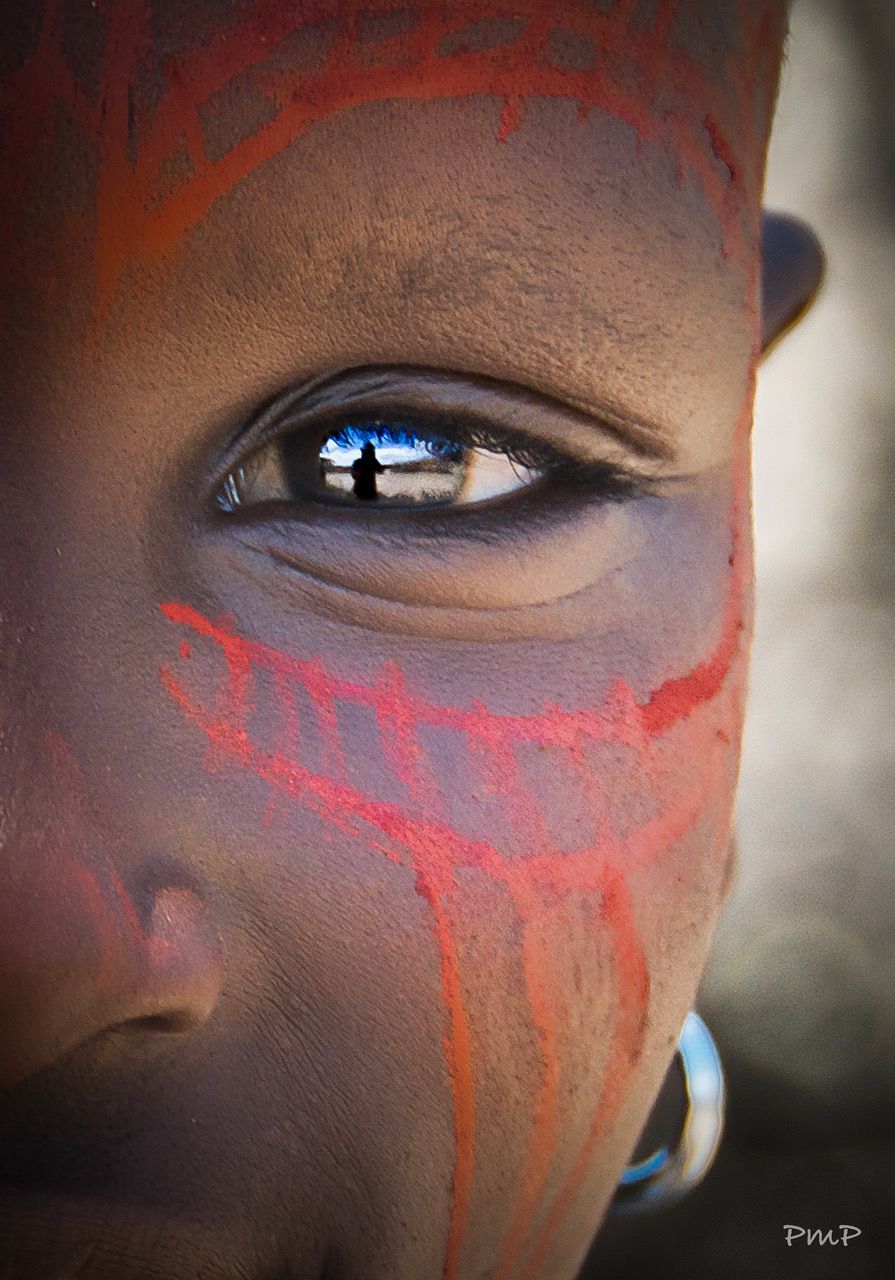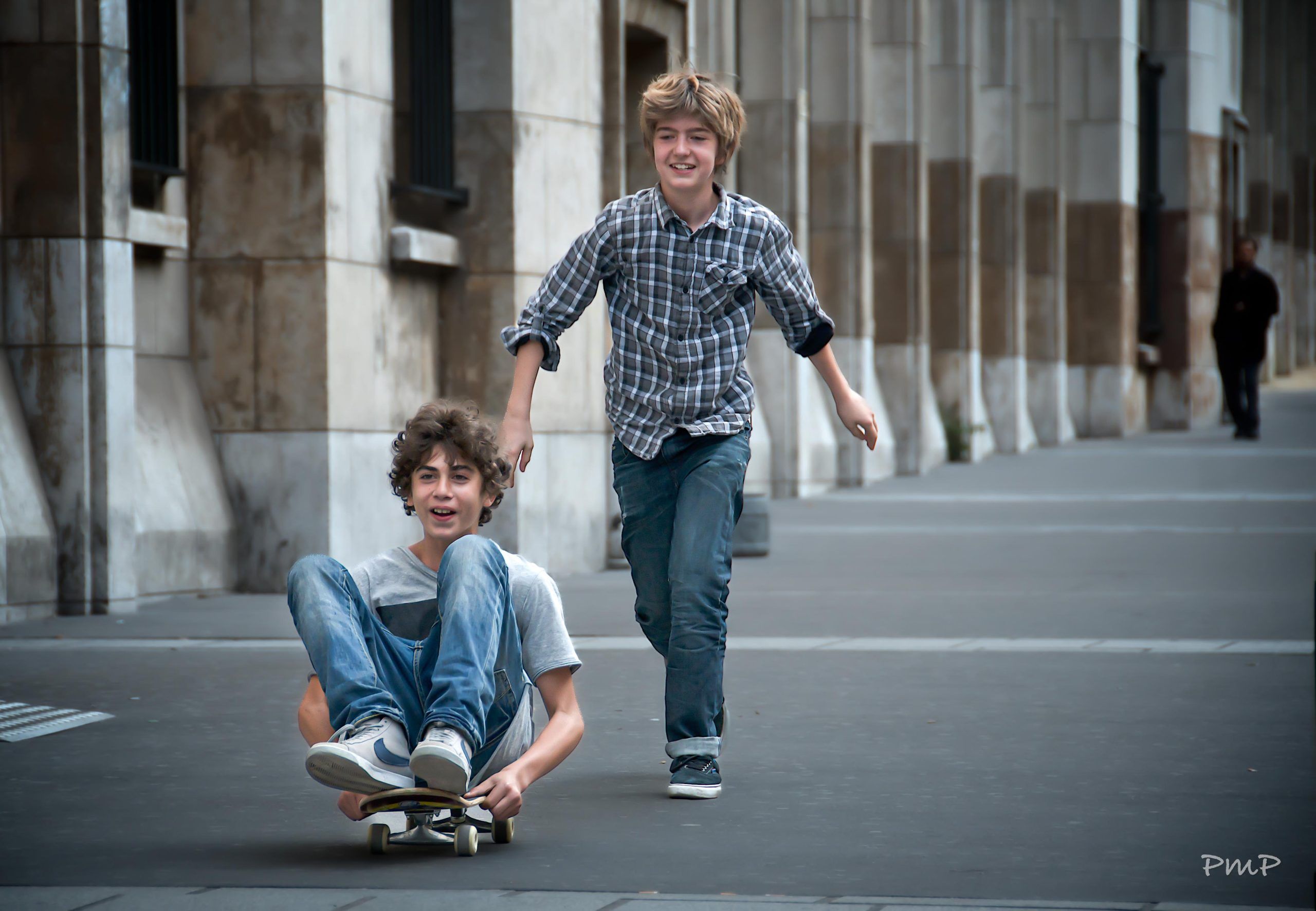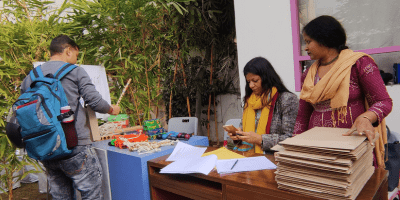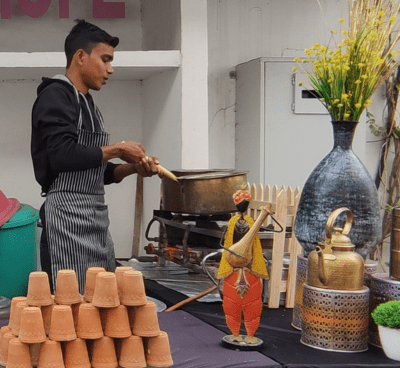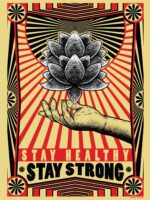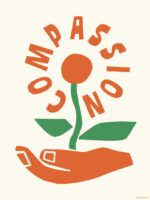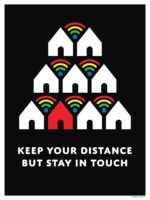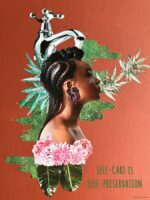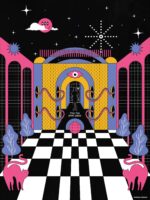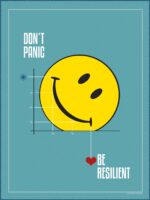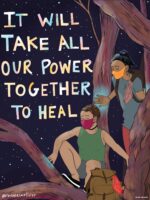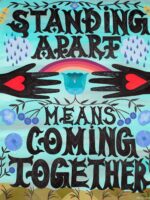Four Seasons Under One Sky: Arts as a Collective Approach to Creativity and Healing in South Africa Four Seasons Under One Sky: Arts as a Collective Approach to Creativity and Healing in South Africa
Guest post by:
Marlize Swanpoel
Co-Founder & Director, sp(i)eel arts therapies collective (Cape Town, South Africa)
sp(i)eel is an arts therapies collective (including drama, music, dance/movement, and art) of arts therapists, applied arts practitioners, and arts activists addressing intergenerational and complex trauma in South African communities. Over two centuries of colonialism and the oppressive regime of apartheid has left a nation grappling with systemic inequity and intergenerational trauma. Ongoing poverty and high incidences of violence and crime coupled with a dire lack of mental health services are contributing to complex and ongoing trauma, with more than a quarter of South Africans suffering from probable depression (Craig et al, 2022). This mental health crisis our country is facing is a systemic issue, not an individual one, and it needs a collective response. Our approach to mental health is culturally informed and sees people as each other’s greatest resource and source of support. As a result, our ultimate goal is to develop collective resilience that can affect social change.
Our name, spieel, is derived from two words that have different meanings in the Afrikaans language: “to play” or “mirror”. To “play and mirror” speaks to several reasons for our use of art as a healing tool. It refers to the function of the arts as a mirror to society for expression, reflection, and understanding. It also speaks to the therapeutic aspect of art therapies, where an art form is applied as a mirror to Self for exploration and understanding. Furthermore, it is through the playful nature of the arts that we can connect with our innate creativity.
It also speaks to the therapeutic aspect of art therapies, where an art form is applied as a mirror to Self for exploration and understanding.
In South Africa, access to therapeutic arts programmes is limited and not accessible to everyone. We aim to enable accessibility to the intentional use of various art forms to further have a positive impact on general health, wellbeing, development, and transformation for all.
Given our deep connection with the arts, our story and impacts can best be shared visually. This photo essay illustrates the journey of healing and wellbeing experienced through our Families and Collective Futures programme. It is a resilience-focused, trauma-informed programme that applies the arts and creativity to build psychosocial support systems. These systems are created through research (in collaboration with Brunel University), training, and the implementation of arts-based groups for children and their social circles.
The journey of this programme is presented within the frame of one of our core guiding metaphors: the four seasons. It represents the following. Firstly, just like the seasons, our mental health and wellbeing are not in a fixed state. We experience constant ups and downs. By accessing tools such as embodied awareness, reflexivity, and regulating skills, we can support ourselves and each other to navigate through these seasons of illness and health.
Secondly, this metaphor understands mental health and wellbeing in the context of the ecosystem. Communities are made up of people in different seasons of life. Collective resilience implies that the pressure to bounce back from hardship is not the sole responsibility of the individual. When one person suffers, it affects everyone. Everyone plays a role in collective health; as a collective, we are stronger together.
Collective resilience implies that the pressure to bounce back from hardship is not the sole responsibility of the individual. When one person suffers, it affects everyone.
Lastly, the seasons mirror people’s relationship with nature, and offer a platform to reflect on cultural and indigenous knowledge embracing nature as a source of healing.
We begin our journey in the season of (re)birth: Spring.
SPRING SPRING
Tending to the Soil So the Seedlings Can Thrive

In a community workshop, participants create an embodied image of Spring. A healing-centered approach to intergenerational trauma in family systems involves the adults developing reflective and regulating skills to take care of their own mental health, so that they are better aware of unhelpful patterns of relating in their families and community.

Arts activist Gershan Lombard facilitates a ritual of gratitude at the end of a community workshop, with the small children keeping a close and curious eye. Culturally-informed psychosocial practice includes honouring indigenous knowledge and spiritual practices of health and wellbeing to share this wisdom with the next generation.
Summer Summer
Young People’s Shining Stories

A group of young women share their story about Summer as a starting point to explore themes of health and wellbeing. It is vital to offer young people multiple ways to share their thoughts and feelings, as words are not always readily available to express their inner worlds. As one participant (grade 11, high school leaner) revealed to us:“You might have noticed that we are a generation that keeps to ourselves, and we don’t trust anyone with our feelings and our thoughts. Especially because we don’t know how to talk about our feelings and our thoughts. You have come to show us that we can also show you through our songs and through our dances how we feel and what we are thinking. And that is freedom.”

A young woman creates her “Glimmer Box”, a tool that supports participants to explore what resources are available to them to support their mental health and wellbeing. These include positive relationships, safe spaces, and activities that regulate their emotional states. Some of these are drawn, painted on stones, or represented by found objects in nature and placed in the box as tangible reminders of available support systems.
“You have come to show us that we can also show you through our songs and through our dances how we feel and what we are thinking. And that is freedom.”
Autumn Autumn
A Season of Trust and Letting Go

A couple rests back-to-back and connects with each other’s breath. Our embodied, trauma-informed practice is drawn from Stephen Porges’ Polyvagal Theory as a way to understand the autonomous nervous system’s responses. This helps us understand our reactions to triggers and to develop tools for regulating and finding safety and connection in the present moment. The couple shared afterwards: “My partner and I are having difficulties in our relationship. This workshop has given us the space to sit and just be with each other, to re-connect, and we were able to talk about things. This had a positive influence on our children and family life.”

In a workshop for mothers and daughters, mothers embody the support of a bridge, coming together to keep a girl above water. This workshop took place during a time of heavy flooding in the area in which some participants had lost their homes. This role-playing offered a way to express the traumatic experience: “The only way to keep safe is when we all look after each other’s children. We are not alone in this world, and your child is my child,” shared one mother. The embodied work where non-verbal communication is encouraged also supported bonding between mothers and daughters: “Girls don’t open up to parents, this exercise helped us to open up to each other,” said a young participant.
“We are not alone in this world, and your child is my child.”

A group embodies the word “women” in Circles of Support, one of our workshops for women. This workshop explores the female menstrual cycle as its four phases are linked with the four seasons, inviting conversations around menstrual and sexual health, menopause, and mental health and wellbeing. These circles are filled with generational knowledge, beauty, hope, and wisdom. One participant expressed her joy: “My experience was that I can be comfortable with myself as a woman. And I can express my feelings and accept my body. To be a woman is great!
Winter Winter
Embracing the Wisdom of the Elderly

A whole community, including the elderly, adults, youth, and children, are enchanted by a storytelling circle. We witnessed a beautiful moment where the children sat and listened to the stories of the elderly, and asked them questions about the history of their community. Such events where the stories of the elderly are centralized, offer a means to narrate collective and cultural history to the next generation.

Elderly men create their own Glimmer Maps to identify their “glimmers”: small moments when we are in a place of connection or regulation, which cues our nervous system to feel safe or calm – the opposite of triggers. They are made by tracing a hand on paper, followed by a symbol of nature representing the Self drawn into the palm. Each finger represents a glimmer with prompts from nature, for example: air for breath, fire for warmth, love, comfort and rest, water for movement, and earth for grounding. Finally, we connect the glimmers to our community, and include the name of a person who makes us feel safe.
Concluding Concluding
One Cycle, Inspiring Another
A core element of the Families and Collective Futures programme is the creative methodology. One participant reflected that the manner in which we engaged with them has helped people to come out of their shell, as “ons mense neem nie maklik deel nie” (“our people do not engage easily”). To help ease our participants out of these shells, we understand several contributing factors help create a sacred and safe space where mental health and wellbeing can be addressed:
A scaffolded approach to introduce arts-based work;
The invitation to engage in any way that feels comfortable;
The knowledge that attendance is voluntary; and
The modeling of respect, tolerance, and kindness.
The above learnings speak to a healing-centered approach to trauma and essentially it is a message of hope. When we work within the ecosystem in a culturally-informed way, it creates space for innate and indigenous knowledge to be heard and received. As a result, when we understand that healing is available to everyone and happens in relation to each other, we can create circles of psychosocial support that are resilient enough to affect social change.
When we understand that healing is available to everyone and happens in relation to each other, we can create circles of psychosocial support that are resilient enough to affect social change.

We conclude this photo essay with a reflection of a participant on the theme of seasons and the image of a Glimmer Map, made by a young girl. “Every season produces something for the other season so that, in the end, nature can provide for us. Everything is a circle. And we are all part of the cycle.”
About The Author About The Author

Meet Marlize Swanepoel
Marlize Swanepoel is a Dramatherapist and the founding director of sp(i)eel arts therapies collective, an NPO that addresses intergenerational trauma and co-create community-based models of mental health care that are culturally informed and relevant to the South African context. She serves on the Secretariat of the South African National Arts Therapies Association (SANATA) and is a guest lecturer at the University of Cape Town. She is an enthusiastic advocate for the Arts for Health movement in South Africa that speaks to healthcare from a global South perspective. She loves being in spaces of learning, unlearning and dancing.

















